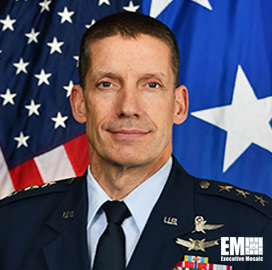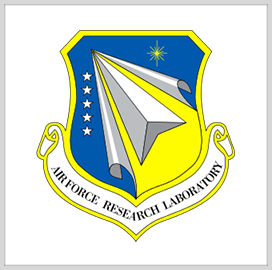Viasat has been awarded a seven-year $50.8 million indefinite delivery/indefinite quantity (IDIQ) contract by the Air Force Research Laboratory (AFRL) to research integration between government and commercial satellite networks.
The contract is designed to help the Department of Defense (DOD) actualize its goal of a unified communication network between military and commercial satellites. Viasat announced the contract award in March.
“The goal we are trying to get to is to create a sort of flexible system that can use all the available transport resources whether it’s ours, commercial or somebody else’s,” commented Craig Miller, Viasat’s chief technology officer for government systems.
Viasat will work with AFRL’s Space Vehicles Directorate to discover ways to integrate commercial satcom with government-owned satellites, so they all operate as a seamless network.
Incompatibilities between commercial and government satellites have been a problem for the DOD for years. In 2016, the Air Force began a three-year study on replacing government-owned Wideband Global Satcom (WGS) satellites with updated technology from commercial projects. However, the Government Accountability Office (GAO) wrote in a 2019 report that no solution has been satisfactory and remains unsolved.
Chief of the U.S. Space Force and 2021 Wash100 Award recipient Gen. John Raymond is a major proponent of an integrated system that Viasat and AFRL hope to create. He believes that the current fragmented WGS systems are not resilient enough for global U.S. military operations.
Christopher Paul, head of AFRL’s Space Vehicle Directorate small satellite portfolio, remarked that AFRL and Viasat would look at a “more holistic approach to future architectures that incorporates traditional large satellites, as well as small commercial satellites, other nontraditional providers as well as allies.”
The long-term vision for the hybrid network is that it will incorporate ground-based systems as well. Viasat will also study ways to protect sensitive data from cyberattacks as information is transferred from one satellite to another and eventually to ground-based operators.

Potomac Officers Club will host its 2021 Industrial Space Defense Summit on March 23rd featuring Gen. John Raymond, chief of Space Operations with the U.S. Space Force and 2021 Wash100 Award recipient, who will serve as a keynote speaker. He will address space technology, innovation and private-public partnerships that will expand federal space defense capabilities and help defeat adversaries.






